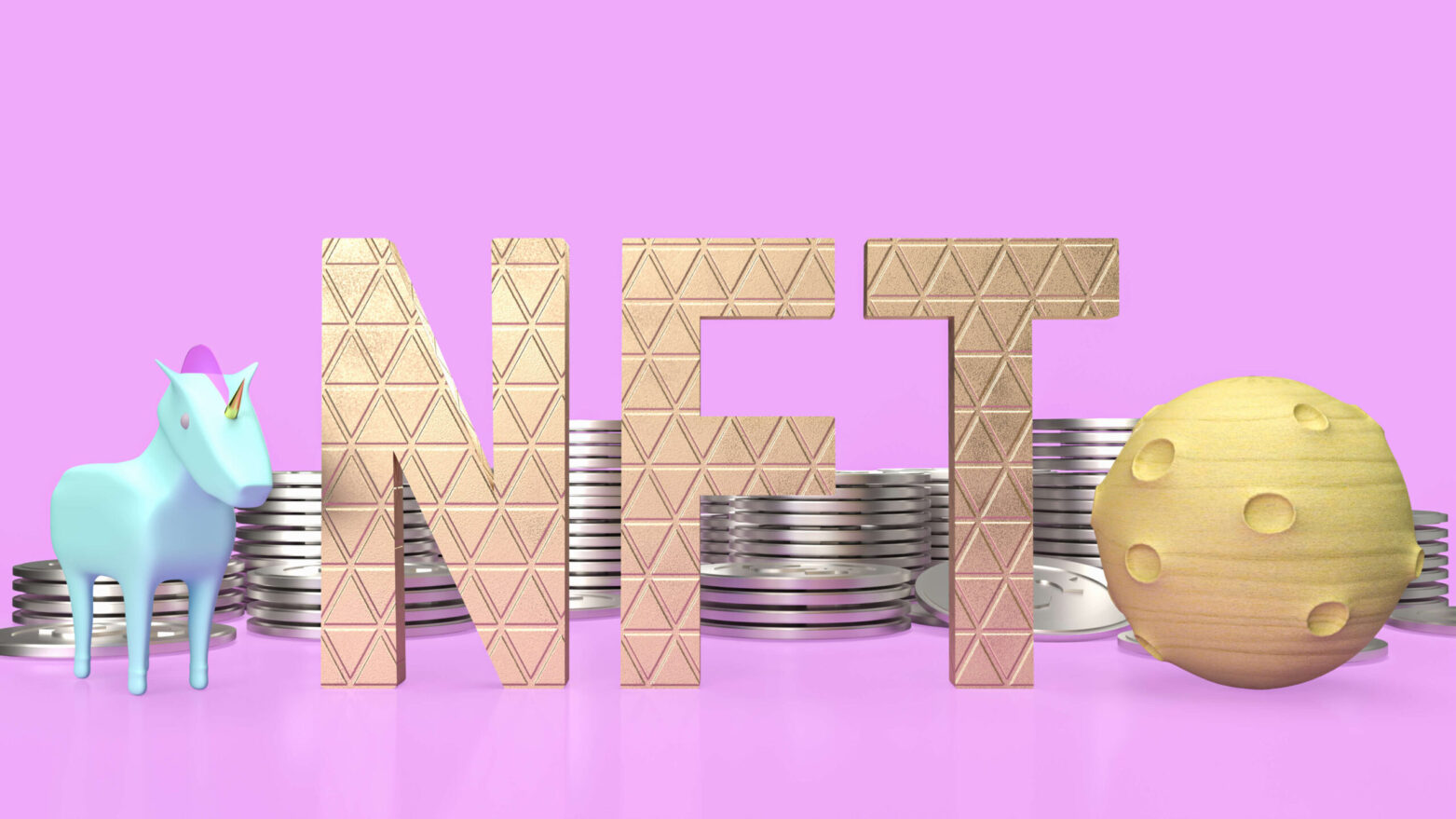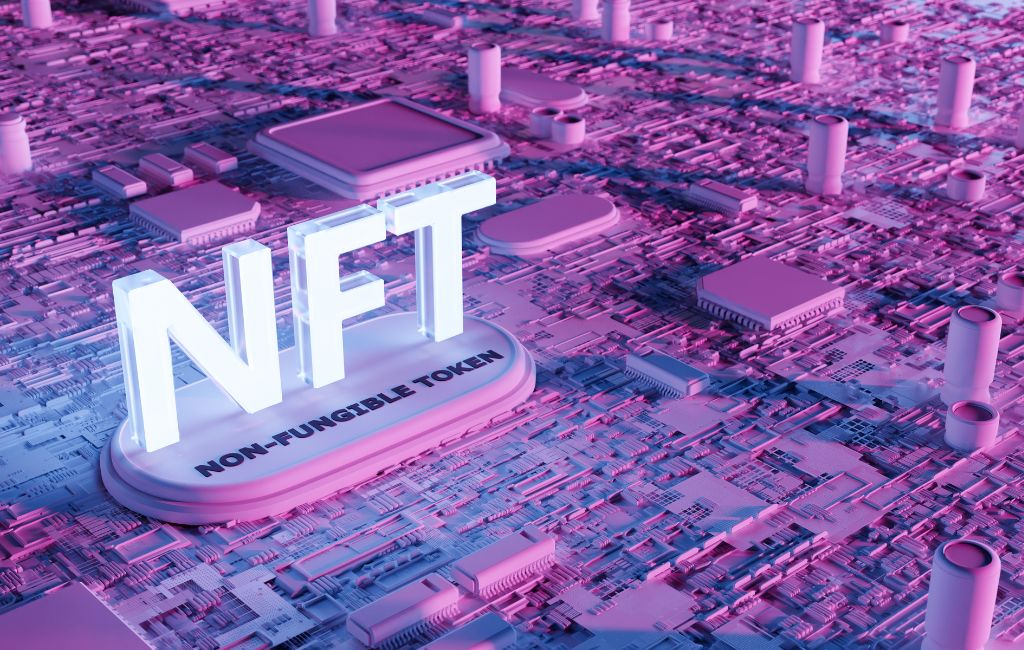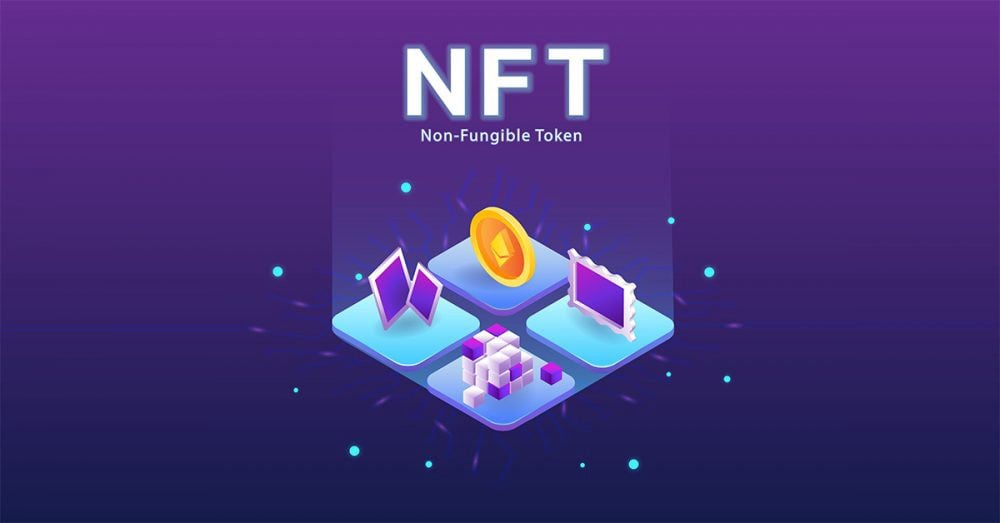Different versions of NFTs can be encountered in the NFT world, and each NFT can be utilized for a different purpose. For instance, some NFTs are used for blockchain-based games to get rewards or level up while some NFTs are used for Metaverse platforms to participate in virtual events. In addition to these different versions in the NFT world, there are two main types of NFTs: Static and dynamic NFTs. Both static and dynamic NFTs have advantages, but they also have some disadvantages. Now, we would like to explain the details of these types of NFTs and the differences between them.

Static NFTs
As the name indicates, static NFTs have a constant structure, so the creators of these NFTs cannot change them after the first creation. In other words, static NFTs remain as permanent and immutable blockchain records. This type of NFTs is useful for fixed assets, such as digital identification documents and artwork that are wanted to remain unchanged.
How can static NFTs be used?
Digital art collections: NFT artists who do not want any change in their digital artwork can utilize static NFTs. Also, NFT collectors can get unique artwork as static NFTs. In addition to these, static NFTs can be utilized in various virtual platforms, and new virtual platforms can be created by static NFTs.
Collecting gaming items: In-game items of NFT-based games can be found as static NFTs, and players can collect these items in an effective way because of the NFT type.
Identity verification: For verifying people online, static NFTs can be used because they cannot be changed, and they are confidential for digital identities. Also, we want to emphasize that big companies, like IBM and Microsoft, are utilizing static NFTs for their digital identity systems.
Document storage: After the creation of static NFTs, they cannot be altered, so they can be chosen for storing documents. Certificates, contracts, and other important documents can be stored as static NFTs.

Advantages of static NFTs
Firstly, digital artists can trade their static NFTs with a light heart because they cannot be changed, so ownership conflicts are not the subject, thanks to static NFTs. Secondly, the unchangeable property of static NFTs offers great security, so people can trust the type of NFTs in a good way. In addition to these, static NFTs can support the storing of digital identity data and other significant things on blockchain systems effectively; static NFTs are more efficient than dynamic NFTs in storage and bandwidth requirements. Regardless of the number of transactions with static NFTs, these NFTs are stored only once. Also, gamers who prefer to play blockchain-based games can get a better gaming experience with static NFTs due to their security feature.

Dynamic NFTs
Dynamic NFTs can be thought of as the opposite version of static NFTs. In other words, these NFTs can be changed after the minting process. The type of NFTs are useful for digital artists because these people can want to add new things to their artwork or delete something from it over time. These NFTs are also known as dNFTs, and they can be altered by their new owners to represent the change in ownership.
How can dynamic NFTs be used?
Commitment in NFTs: Dynamic NFTs can increase the amount of the return of people because they want to learn new features in these NFTs and follow the changes regularly. Because of the regular returns, an intense commitment can be developed on dynamic NFTs. Generally, various digital games require regular updates, so dynamic NFTs can be used in these games; players can develop game loyalty, like brand loyalty, thanks to dynamic NFTs.
Flexibility: Dynamic NFTs offer the chance to change the content of digital assets, so they provide people with flexibility. This flexibility can contribute to content creation and distribution, so a lot of people think that dynamic NFTs improve the NFT world. Also, the flexibility coming with this type of NFTs increases the interest of people in the virtual world.
Innovation and monetization: With the chance of changing and evolving, the creation can be presented properly. In other words, digital artists do not have to restrict themselves from adopting the same digital artwork; they can change their artwork in time. With this advantage, new opportunities and ideas can appear, and the creativity of artists and users can be presented in a good way. In addition to innovation, the creators of dynamic NFTs can get monetization opportunities. For example, they can offer rewards or premium content by changing their NFTs.

Advantages of dynamic NFTs
The first advantage of dNFTs is unarguably the flexibility of altering; people can change their NFTs after considering their requirements on these NFTs. At that point, brands can be mentioned; for example, a brand can change its NFT if its customers or users present negative remarks to the NFT. In other words, dynamic NFTs can be changed according to the target group. Secondly, dynamic NFTs have the power of increasing interaction with users because users love following changes and discovering new things. Because of the situation, dynamic NFTs are important for the people in the virtual world. Lastly, the alterations in dynamic NFTs can create virality because there is no stable digital artwork; people can share dynamic NFTs with each other regularly because there can always be change. With the virality that is created by dynamic NFTs, companies can encounter organic growth.
Final Words
To sum up, static and dynamic NFTs have different properties, so their advantages and disadvantages must be considered by creators. For instance, if there are data that should not change, static NFTs may be preferred, but dynamic NFTs are not suitable for this situation. As in the example, the usage areas of static and dynamic NFTs can change, so you should consider the details of these types of NFTs for your NFT-based project.
 Irem B.
Irem B.









